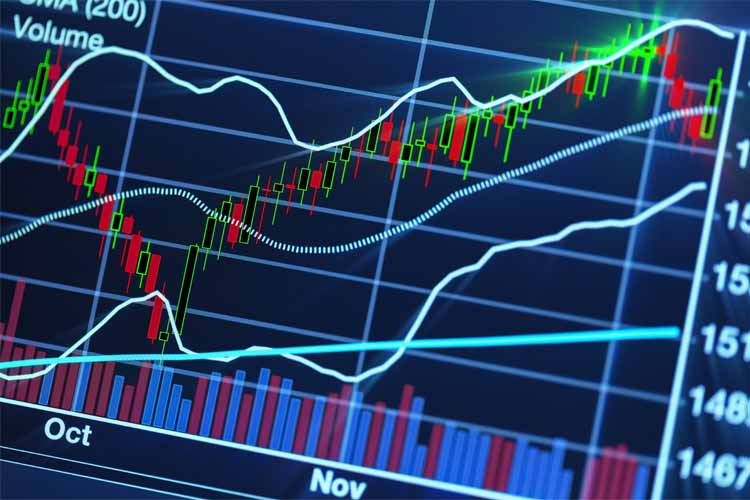
A breakdown of the historical comparisons between Relative Strength Indicator (RSI) levels and the S&P 500 Index (SPX)
The Relative Strength Indicator (RSI) is a popular technical analysis tool. It’s an oscillator that ranges from zero to 100, in which many people focus on the 30 and 70 levels. Those levels are often used to define a market that is oversold or overbought, respectively. I’m looking at it a little differently. As you can see in the chart below the RSI level for the S&P 500 Index (SPX) is currently right in the middle of the range and looks poised to overtake 50. Stocks have taken a beating but now the oscillator is moving into the upper half of its range. I look at the historical data to see if this could be an all-clear signal for buyers.

RSI Crosses Above 50 After Losses
I went back to 1950 and found each time the RSI crossed above the 50-level. Crosses above 50 are common, however, and I want only the signals after stocks pulled back significantly. So, I added on criteria that the S&P 500 had to be down at least 15% since its RSI first fell below 50. The table below shows the individual instances of this signal.
The last time we’ve seen this was the financial crisis of 2008. That instance was by no means an all-clear signal for buying stocks. The S&P 500 lost over 10% during the following week and was down 16% a month later. The time before that was in 2002, a few months before the market ultimately bottomed during the bear market that followed the tech bust.
Just eyeballing the returns, they look more promising the further out you get. The one-year returns were positive after all seven signals.

The table below summarizes the returns in the table below. The second table show typical returns for the S&P 500 since 1950 for a benchmark. The RSI moving above 50 in this situation isn’t quite an all-clear signal. After these seven signals, at least, there was bearishness in the short term. The longer-term returns, however, were more promising with the 12-month returns positive after every occurrence, averaging a gain of nearly 20%.
